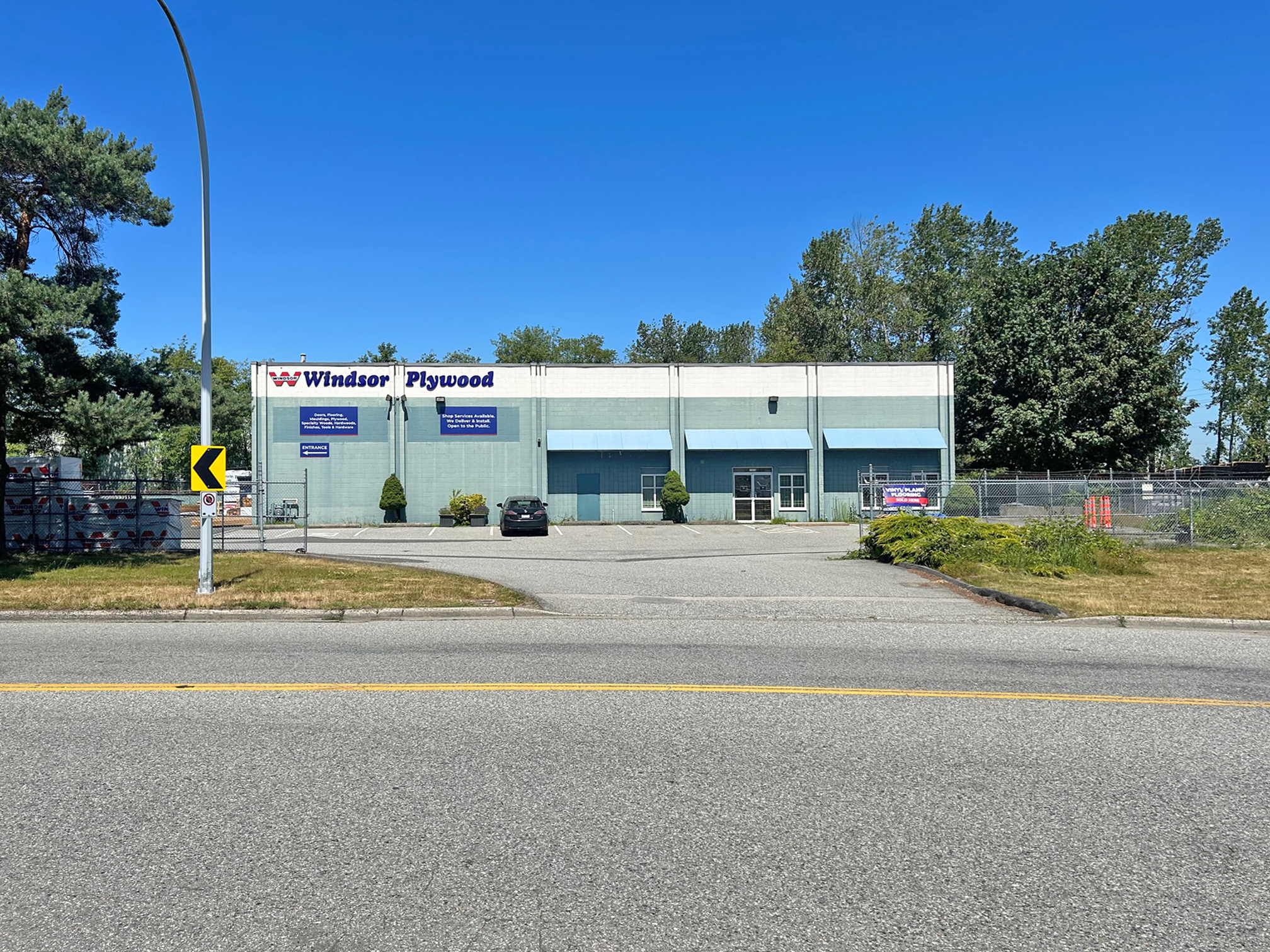Lee & Associates has just released Q3 2023 North America industrial, office, retail, and multifamily market reports.
Metro Vancouver Industrial Market
The industrial market in Vancouver continues to see a slowing trend, particularly in sales volume, after the Bank of Canada raised the policy rate to 5% this quarter. The shortage of developable land in Metro Vancouver is keeping vacancy low despite a slower market, hovering around 1.4%. Ever-increasing cost of financing, paired with the softening market experienced this year, has resulted in a slow down in the industrial market, especially when it comes to sales. This quarter has seen a 57% decrease in number of industrial transactions and a 47% decrease in sale volume, compared to the same period last year. However, a key driving factor in Vancouver’s industrial market is the shortage of developable land for future supply. Compounding the issue of a desperate need of new industrial supply, are the other headwinds working against development. These include high construction costs, financing costs, development cost charges, long permitting times, shortage of skilled workers, and exorbitant land prices.
Although there has been an increase in inventory over the past few quarters, demand remains strong. An example of this is Pet Valu taking over 350,000 SF of space this quarter in Surrey. Well maintained buildings in a desirable location will get transacted, but we are shifting into a market where the tenant/purchaser is regaining some power.
Metro Vancouver Office Market
After increasing the policy rate a quarter of a percentage in July, the Bank of Canada held the policy rate at 5% in September. However, another interest rate increase is possible at the next announcement as inflation rose this quarter to 4%, which is outside of the BoC’s target range of 2-3%.
Vacancy in Metro Vancouver inched up again in Q3, reaching 12% in the downtown core. However, Vancouver remains much tighter than other major office markets in North America. Some large-scale projects were delivered in Q3 that are mostly or 100% pre-leased. Amazon welcomed the first employees to the Post this quarter on the first five floors of the South Tower. Once fully occupied – likely by Q1 of next year – it will have the capacity for 3,000 workers, increasing foot traffic in the downtown core. The Post is touted as the largest office building in Metro Vancouver, thus the occupation of it in this market is significant. Also open for occupancy this quarter is Oxford Properties’ The Stack, which can fit as many workers as the Post’s South Tower and is currently 84% leased.
Market lease rates ticked up quarter-over-quarter, demonstrating that despite vacant inventory being up, landlords are reluctant to decrease rents and will often give concessions elsewhere.
Metro Vancouver Retail Market
The Bank of Canada continued their policy of quantitative tightening this quarter, hiking the interest rate another 25 basis points in July. This brings the current policy rate to 5%. Despite holding rates at the most recent announcement in September, there is a looming threat of another hike, as Canadian inflation was 4% in August – above the target range for the BoC and up from 2.8% in recorded June.
This quarter was also marked by more shocks to the economy including the port strike and wildfires, but most importantly for the retail sector is that consumer spending is down. Early estimates from Statistics Canada for this quarter suggest weak spending in the GDP numbers. With less disposable income due to high mortgage costs and wages not keeping up with inflation, consumers in Canada are finally cutting back on purchasing.
Despite deceleration, the retail market in Metro Vancouver remains resilient. Robust demand for space paired with a vacancy of 1% keep Vancouver as one of North America’s tightest leasing markets.
Stay up to date – to receive our market insight as soon as they become available, subscribe here.




